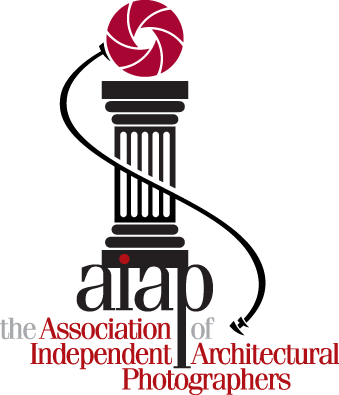Good Manners–The Forgotten Business Advantage
I’m departing a bit from the business of architectural photography this month to address a topic that’s been on my mind for the past few weeks. Specifically—the lost art of good manners in business. Okay, before you stop reading right here, let me assure you that understanding this concept will always give you an unfair business advantage in nearly every business situation.
Somewhere along the line businesses have forgotten some of the fundamental practices that bring in and retain customers and create loyalty in suppliers and associates. I’d like to discuss three practices that are incredibly simple to implement and will make you shine above your competition. Here’s my list:
- Learn to say Thank You!
- Years ago I worked in an advertising agency as a writer and strategist. As much as I grew to dislike the business of advertising, I learned a great lesson in the value of saying “Thanks!” Every Monday morning it was the practice of the agency to discuss the people who warranted a formal thank you for their actions and influence during the previous week. A formal, handwritten note was sent to those who gave excellent service, offered a business referral, accomplished something exceptional or contributed in anyway to our success. The result—a constant stream of positive opinion and business referrals.
- As much as I dislike writing anything by hand, I’ve made it a practice to religiously send thank-you notes to all new clients, those who offered referrals, potential clients who took time to meet with me and those who gave me excellent service. As a result I’ve enjoyed a continually expanding business while other photographers in my local market have dropped like flies. Writing thank-you notes is easy, it’s appreciated and the return is significant.
- Be Generous!
- Generosity takes many forms. In my business, I never hesitate to refer someone to one of my clients, and then give my client a heads-up about the referral. I also try to pass along any information to my clients that I feel may benefit their own business. Wouldn’t you too appreciate this type of generosity?
- I also set aside a percentage of my advertising budget for gifts to clients. Not just at holiday time, but throughout the year. Throughout the year I send my clients gift certificates to fine restaurants as well as cultural events. I also send flowers and “gift baskets” to my client’s offices for everyone to enjoy. Think about this: When any of my clients have the opportunity to recommend a photographer, whose name do you think they’ll mention?
- I also send holiday gifts to clients, and I send them early. My gifts and cards go out during the first week of December—not the week of Christmas. Aside from good will, I want to be noticed and remembered; there’s no better way than to be first!
- Okay, I can here you grumbling as you read this that you can’t afford to send all of your clients a gift. The fact is that I can’t either. Consequently, I have a “threshold” of billing that I consider before sending gifts. Everyone gets a thank-you note, but not everyone gets a gift. For those clients who are a major source of your billing, consider being generous—it will instill loyalty and make you the most popular photographer on their list.
- If You’re a Professional, Look and Act Like One!
- I know, I know—you’re an artist. That’s all well and good, but consider your demeanor and appearance through the eyes of your clients. In my own case, my clients are primarily “suit and tie” corporations with a business culture that rewards professionalism in both conduct and appearance. Does that mean that I wear a suit and tie? No. However, I do dress very well when compared to most other photographers—no grubby attire ever! This goes for my assistants too. I think it’s a lot easier for my clients to swallow my prices if I show up looking polished and professional. If nothing else, a polished appearance will set you apart from your competition.
- What do I mean by acting professional? Well, that’s a little more difficult to define. However, it starts with a firm handshake, eye contact, remembering names, speaking up and taking charge. Again, through the client’s eyes, you’re being paid well to show up and get the job done successfully. There’s no bigger career-killer for a photographer than to be indecisive! Make sure you have a plan for each project you begin, and make sure you can defend your decisions. Input from the client will always be part of the equation, however you’re being paid to “create” an image that meets a critical need or solves a problem. In the end, you’re the one who’ll either get the blame or the credit for the photographs you create.
That’s it! Three basic concepts that will contribute to the success of any business—but especially yours. Remember, megapixels and megabytes are no substitute for good business manners. Good luck to each of you.
Alan Blakely, Director
The Association of Independent Architectural Photographers
©2007 AIAP
